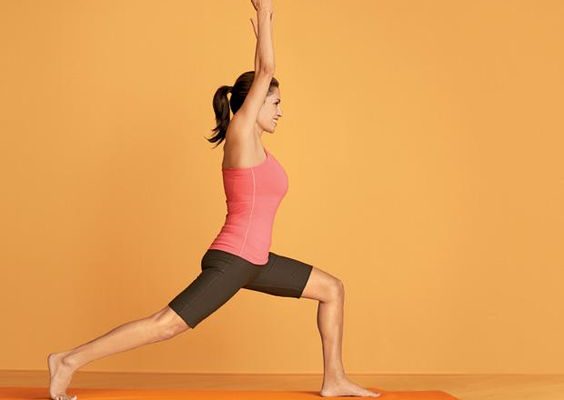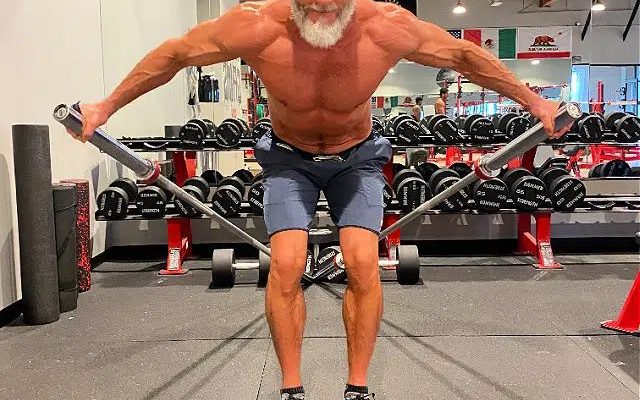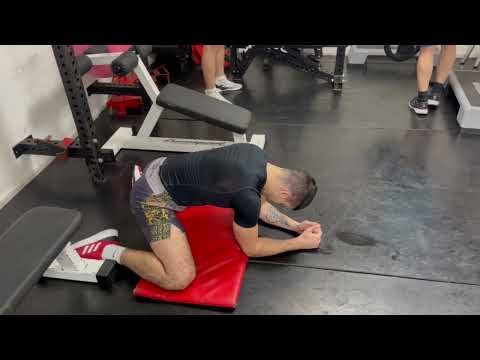Push-Pull-Legs Workout Split – Best Training Program for Muscle

Crafting a symmetrical, well-rounded physique is a common goal among fitness enthusiasts and bodybuilders alike. The push-pull-legs workout split stands out as one of the most efficient and scientifically sound training programs to achieve muscular balance and strength. Unlike conventional routines that may lead to overtraining or neglect certain muscle groups, the push-pull-legs method offers a targeted approach that maximizes growth and recovery.
So, what makes the push-pull-legs workout split so effective? The philosophy behind this program is deceptively simple. It divides resistance training into three distinct segments: push exercises, pull exercises, and leg workouts. Each day is dedicated to one of these categories, ensuring comprehensive muscle engagement while simultaneously preventing overlap and overuse.
Push day targets your upper body by focusing on muscles involved in pushing movements. These include the chest, shoulders, and triceps. It typically involves exercises like bench presses, overhead presses, and tricep dips. By training these muscles together, you can lift heavier loads and stimulate growth effectively as they naturally work in unison during pushing movements.
Pull day shifts the focus to muscles involved in pulling actions — mainly your back and biceps. Exercises such as barbell rows, pull-ups, and deadlifts are staples of a pull workout. This ensures that all facets of your upper body are engaged in balanced opposition to the push muscles. Moreover, by working on back muscles that oppose chest muscles, you reduce the risk of postural imbalances and related injuries.
Leg day completes this triad by concentrating on the lower body — the quadriceps, hamstrings, glutes, and calves. Squats, lunges, leg presses, and calf raises are among the popular choices for leg workouts. Training legs not only builds lower body strength but also has systemic effects due to large muscle group engagement that can promote hormonal responses beneficial for overall muscle growth.
The beauty of the push-pull-legs split is in its versatility. It can cater to various schedules with 3-, 4-, 5-, or 6-day variations allowing for different frequency options based on individual recovery rates.
For beginners or those with time constraints:
– 3 days a week: Rotate through each workout once per week.
– Example: Monday – Push, Wednesday – Pull, Friday – Legs
For intermediate or advanced trainees looking for increased frequency:
– 6 days a week: Perform each workout twice per week.
– Example: Monday – Push, Tuesday – Pull, Wednesday – Legs; Thursday – Push, Friday – Pull, Saturday – Legs
This program accommodates progressive overload principles crucial for ongoing advancement; as you gain strength and endurance over time:
– Increase the resistance,
– Add more sets or reps,
– Decrease rest intervals between sets,
– Introduce more complex exercises.
One critical factor is rest; ensure you’re giving your muscle groups enough time to recover before hitting them again.
In summary, whether you’re aiming for aesthetic enhancement or strength gains — or both — the push-pull-legs split can be tailored to meet your goals through its structured yet flexible format. Balanced development across major muscle groups mitigates injury risk and fosters continuous progression making it an optimal regimen for sustainable muscle building success.






